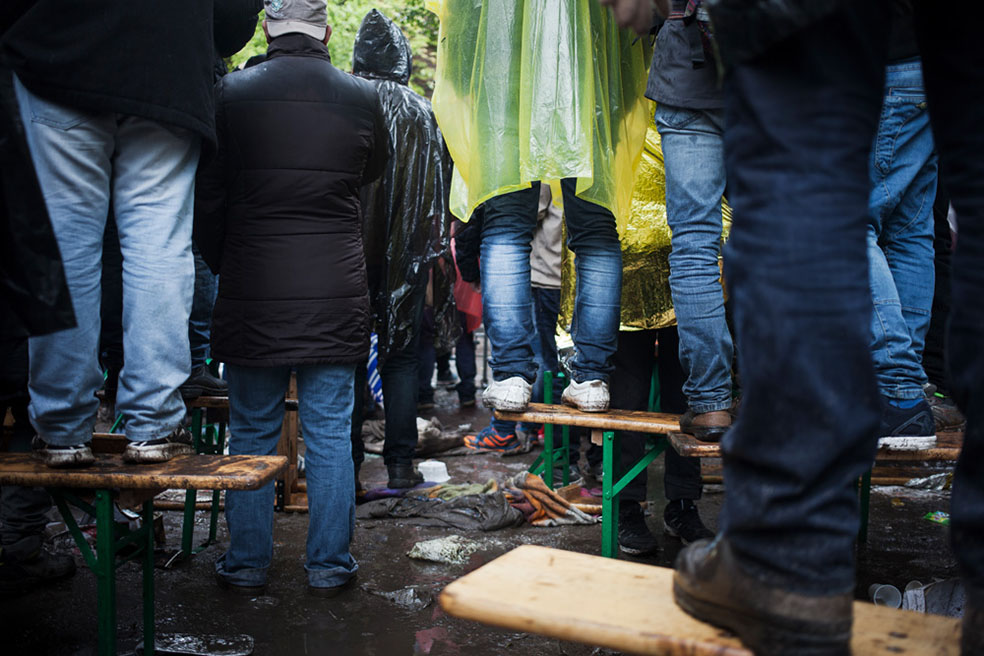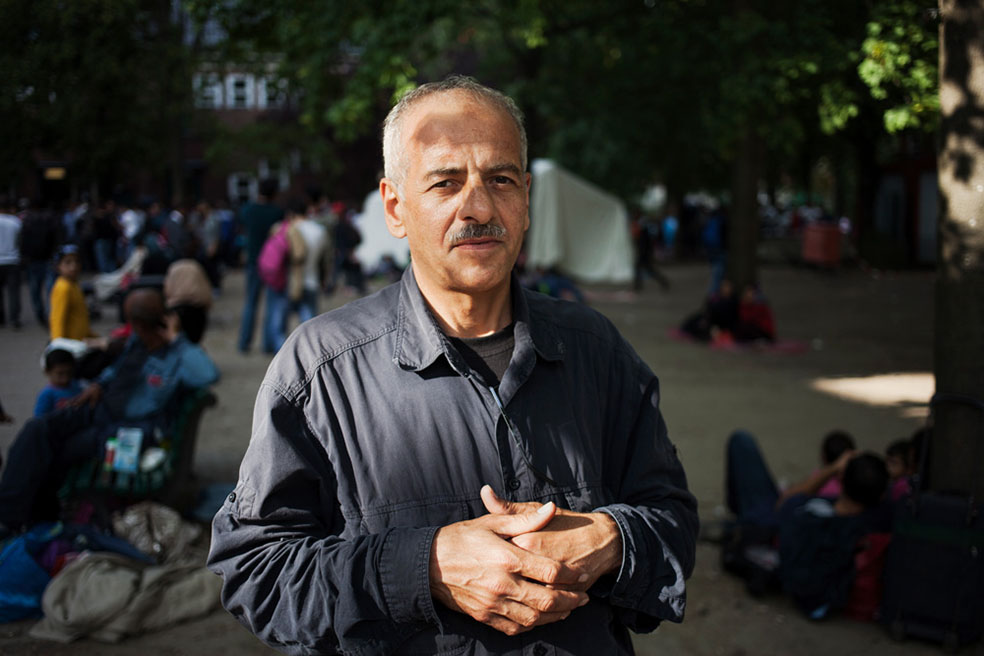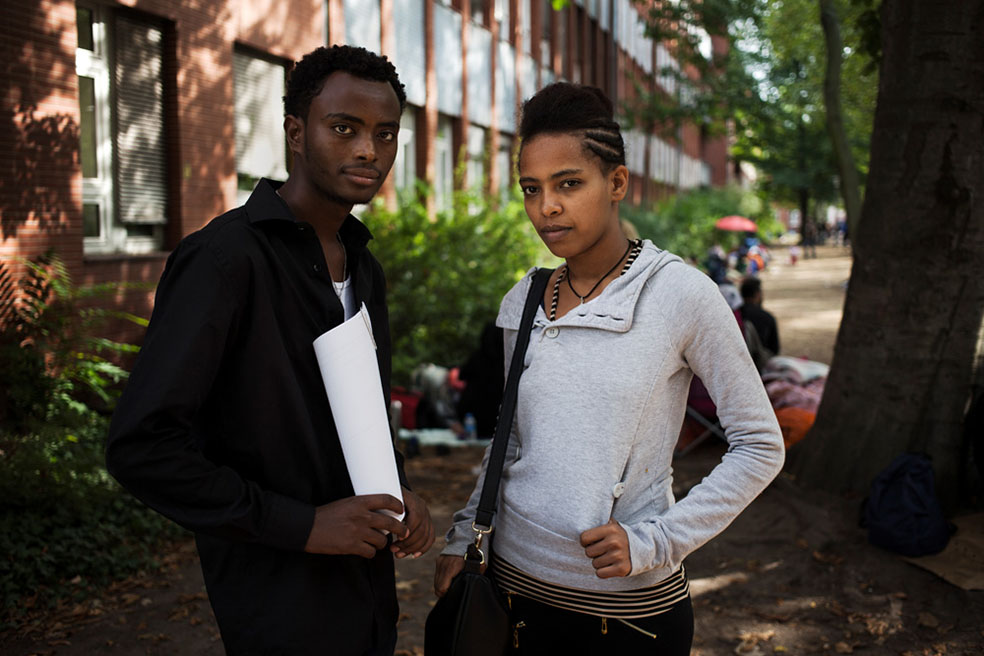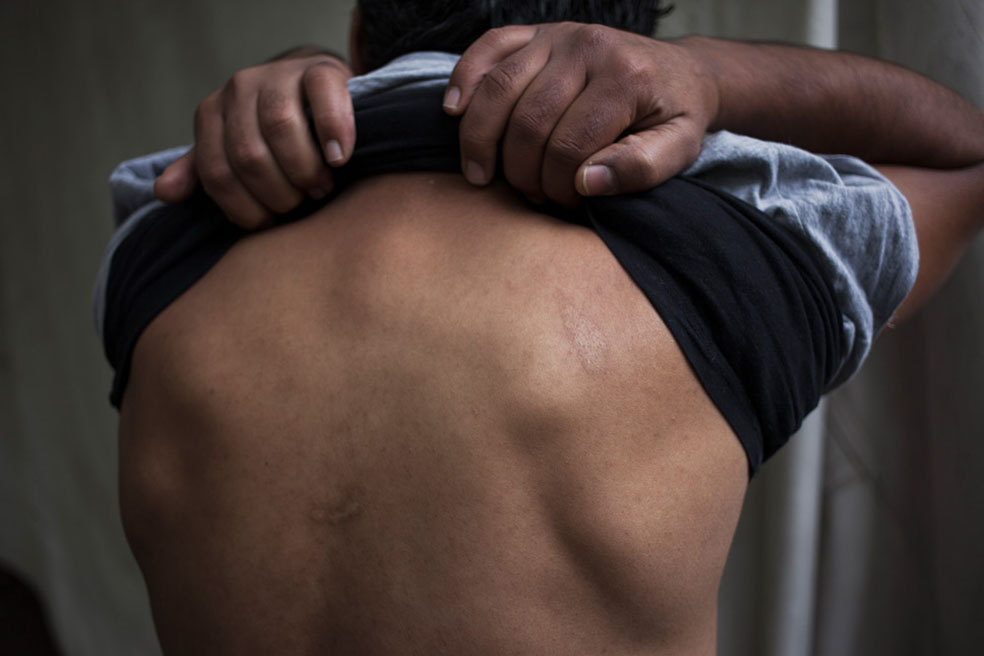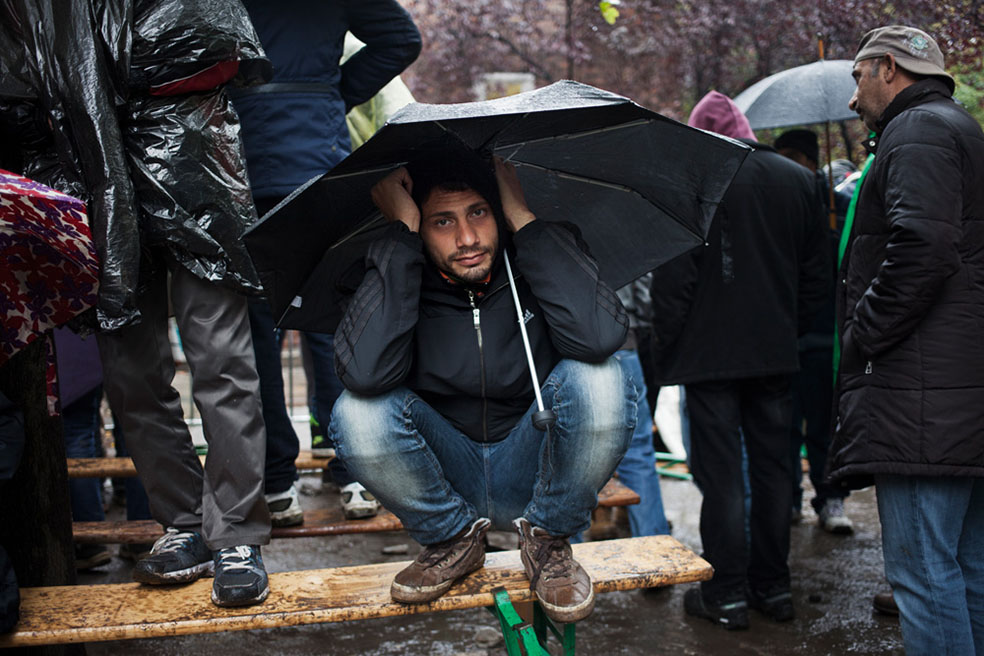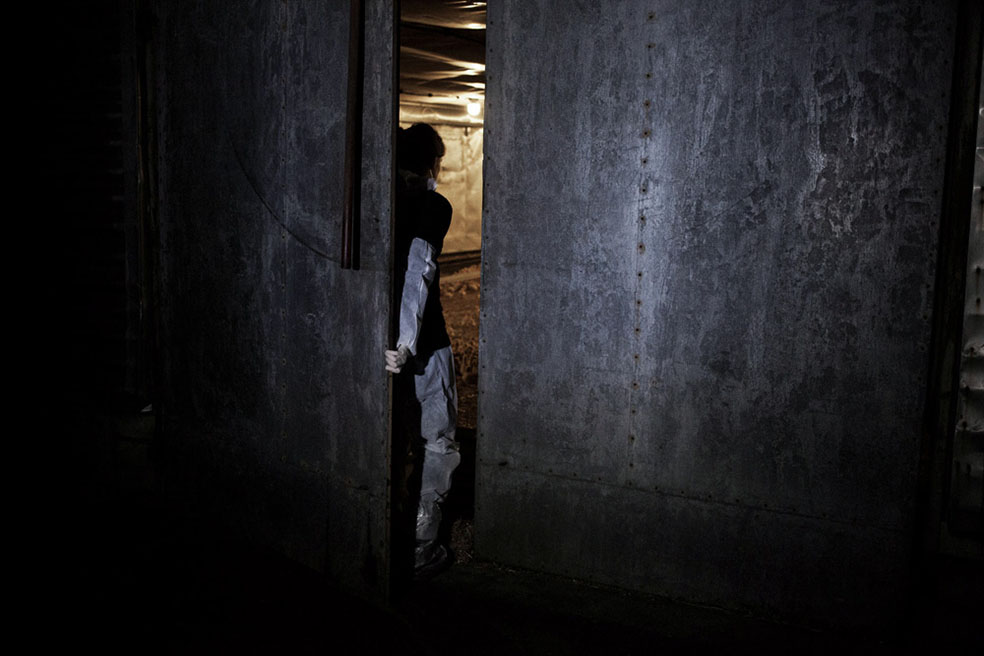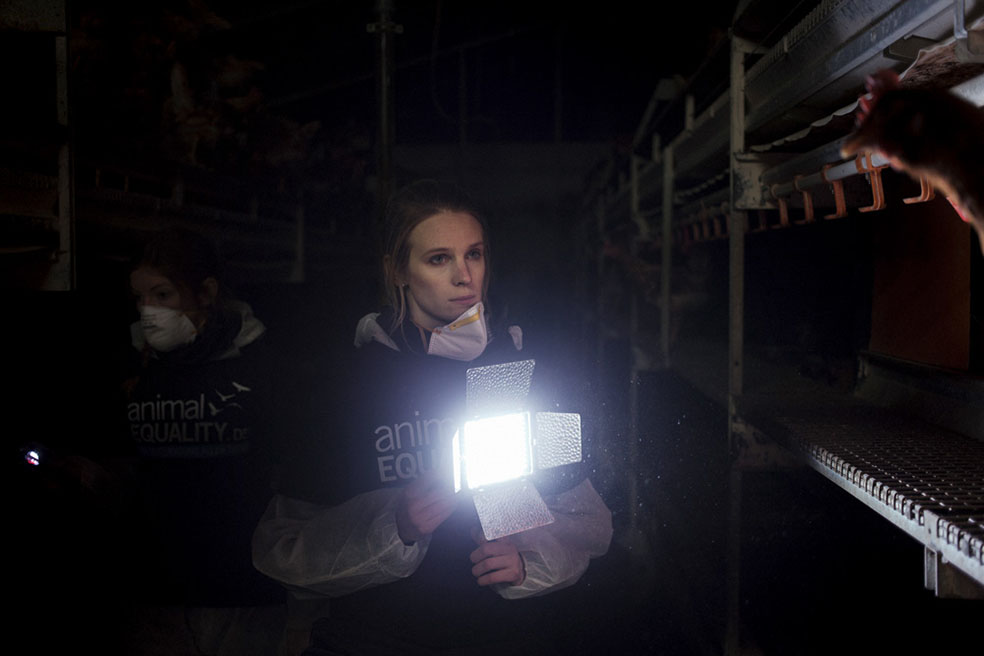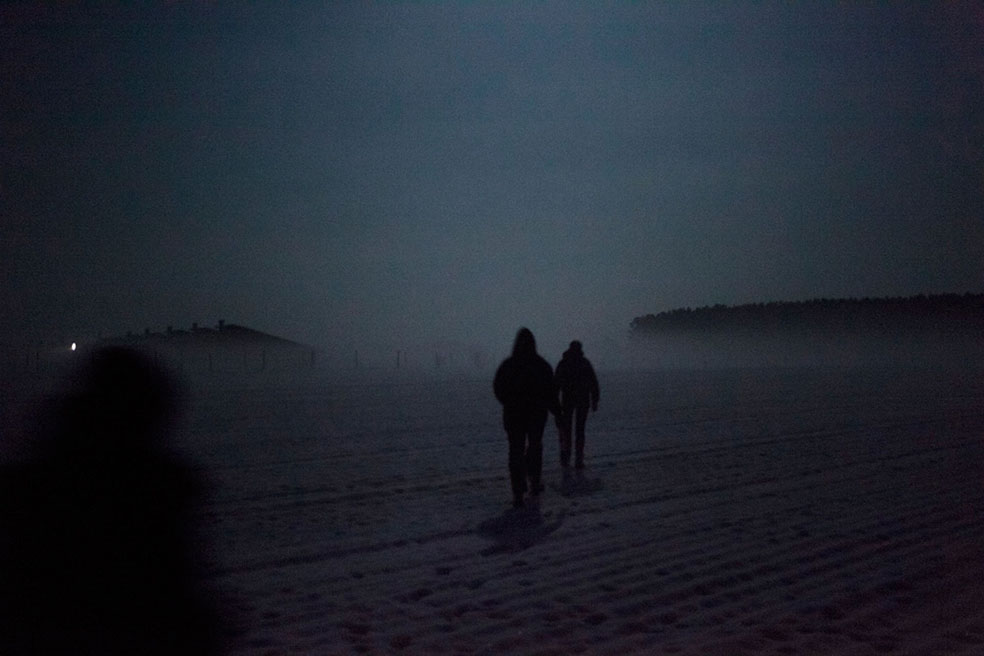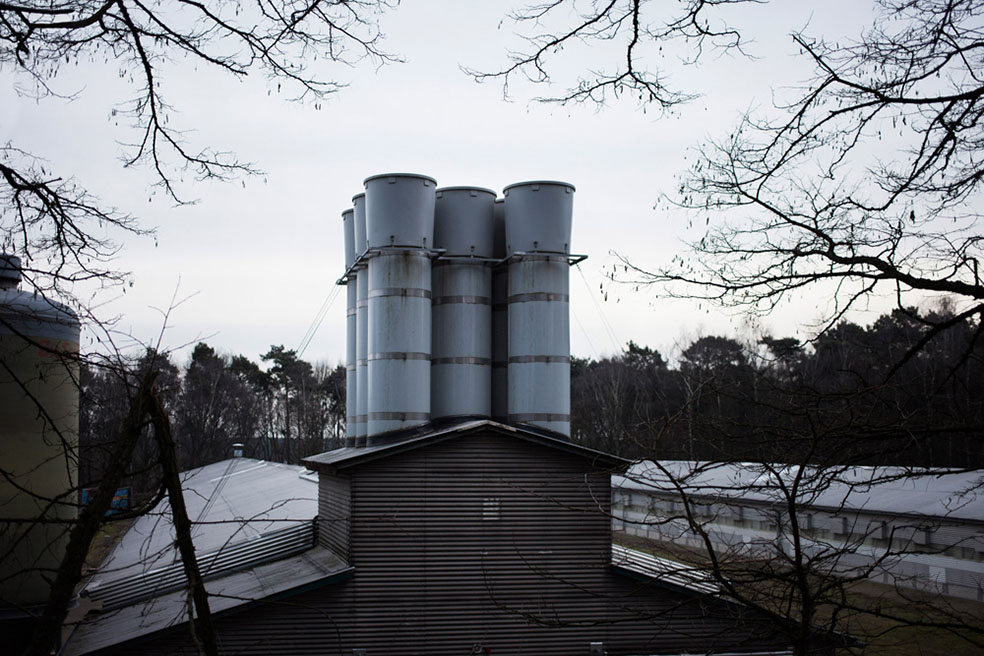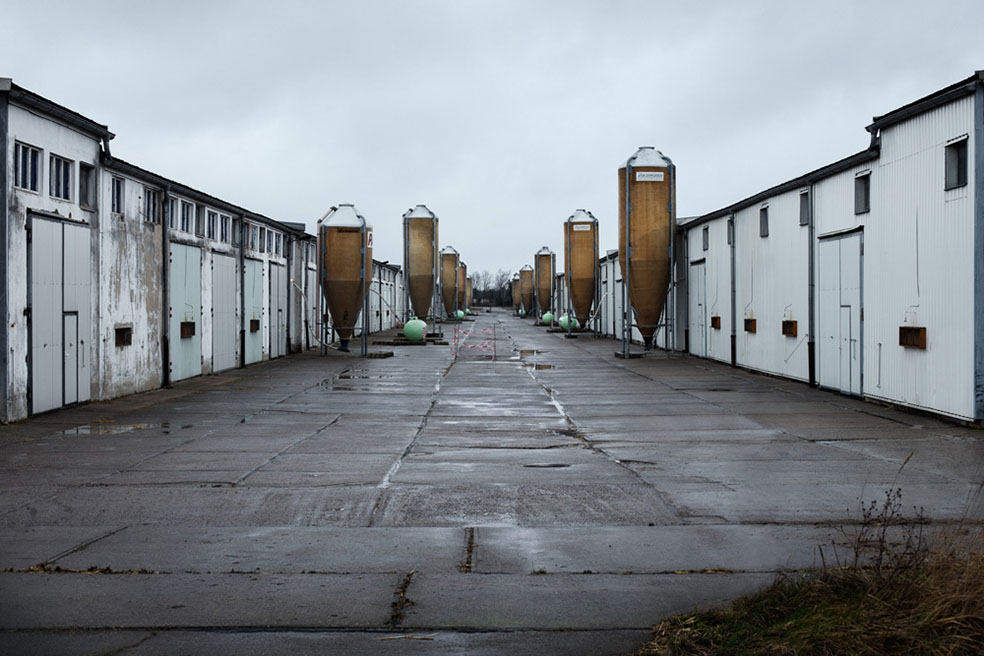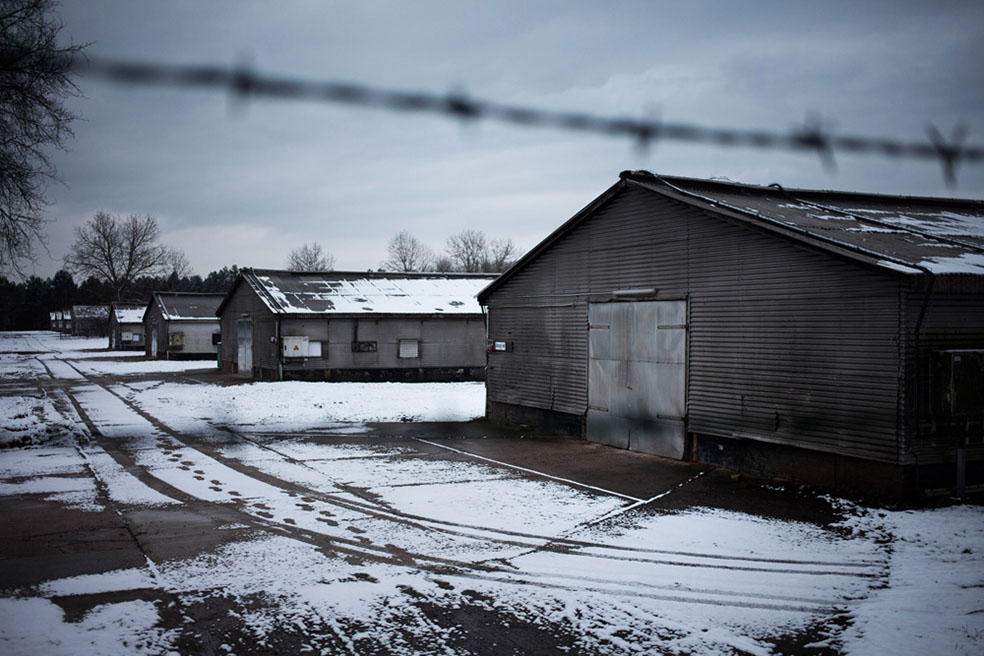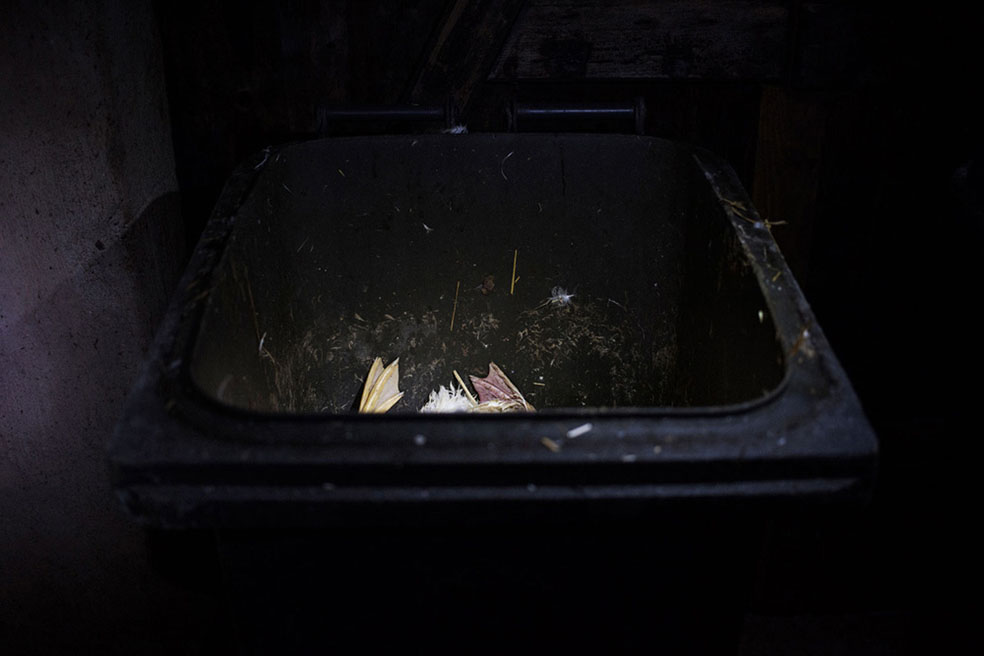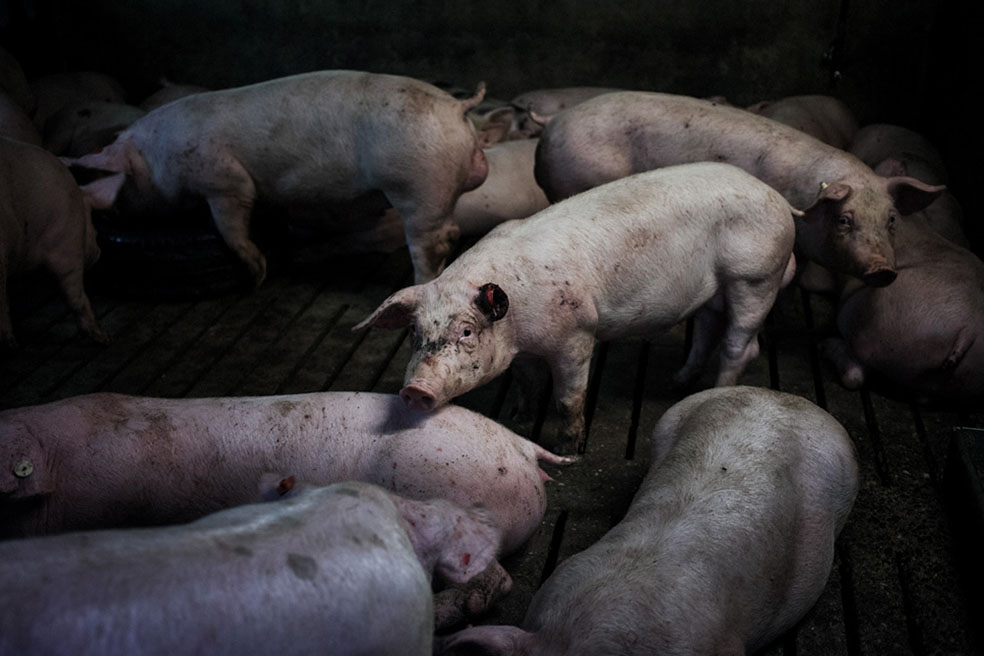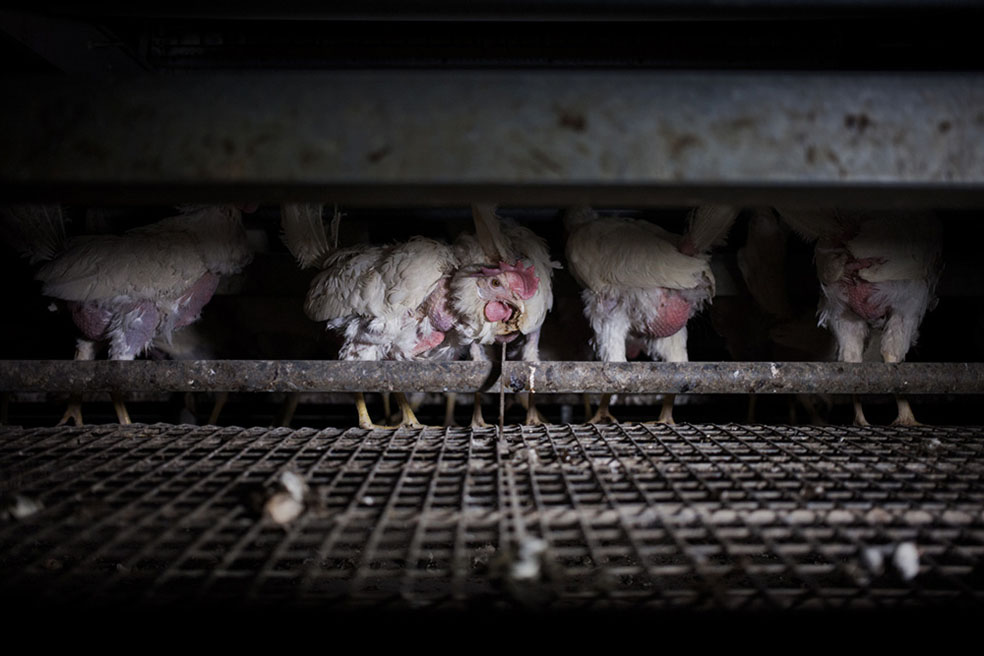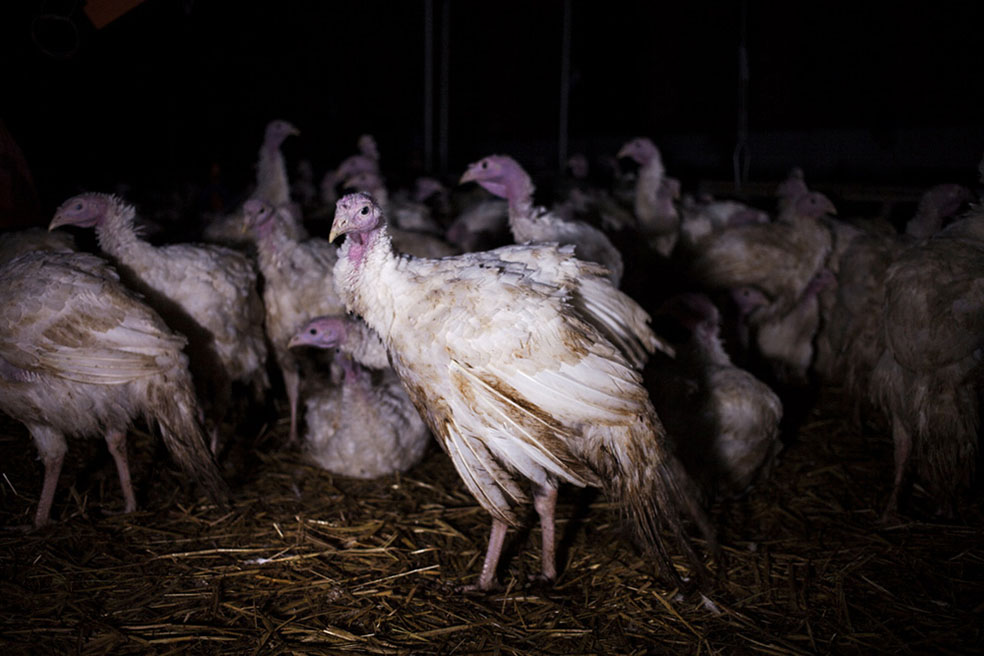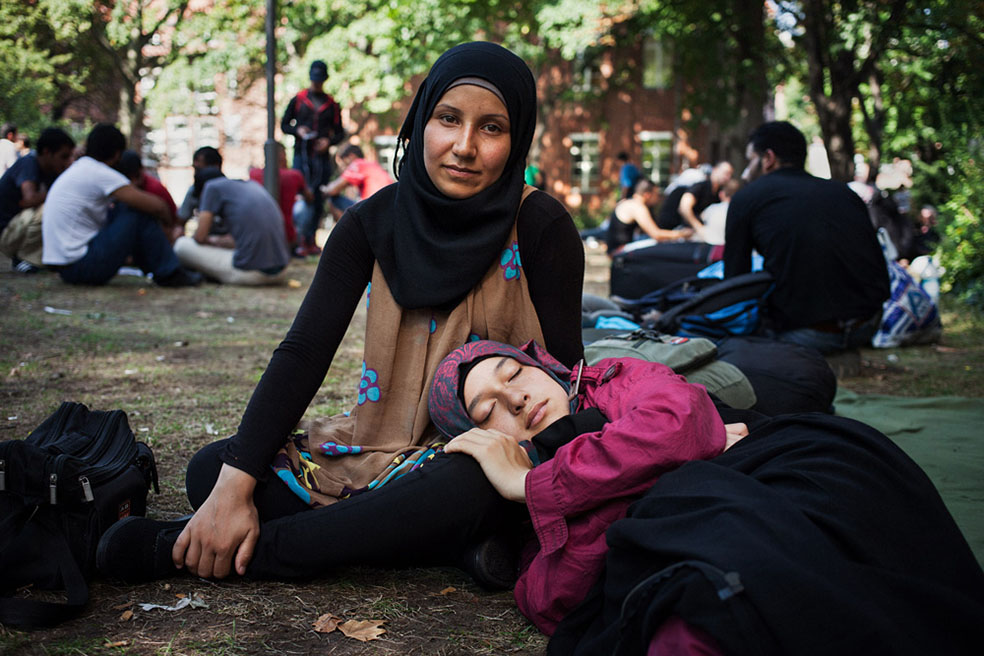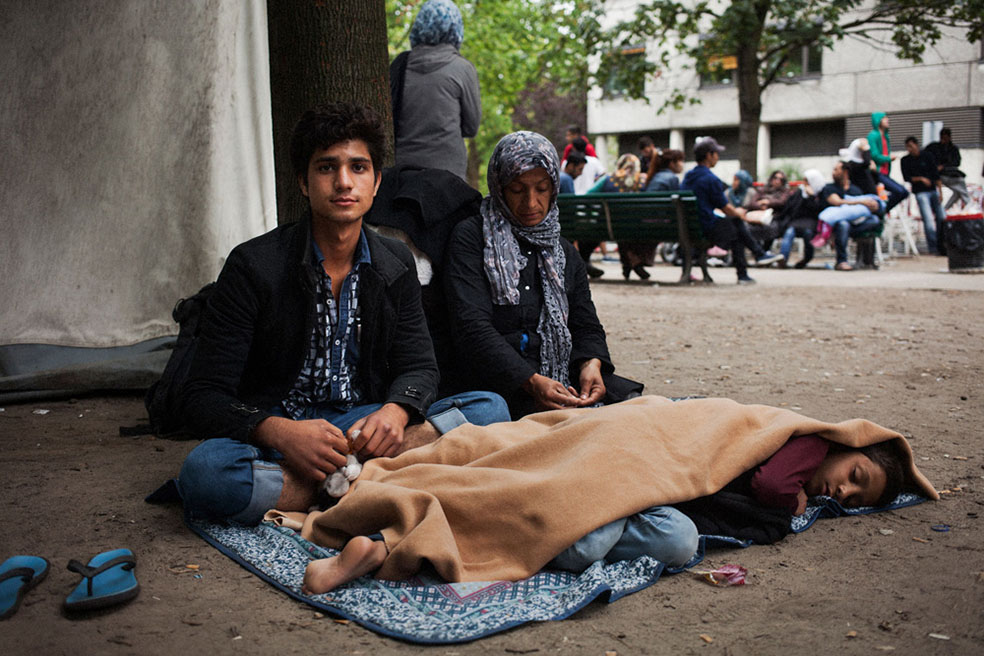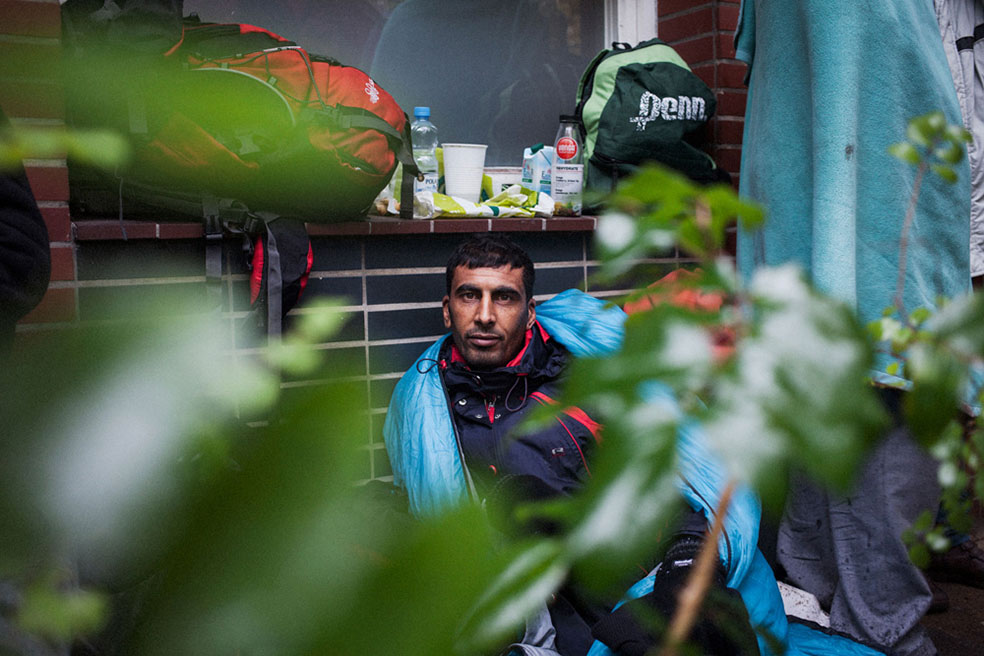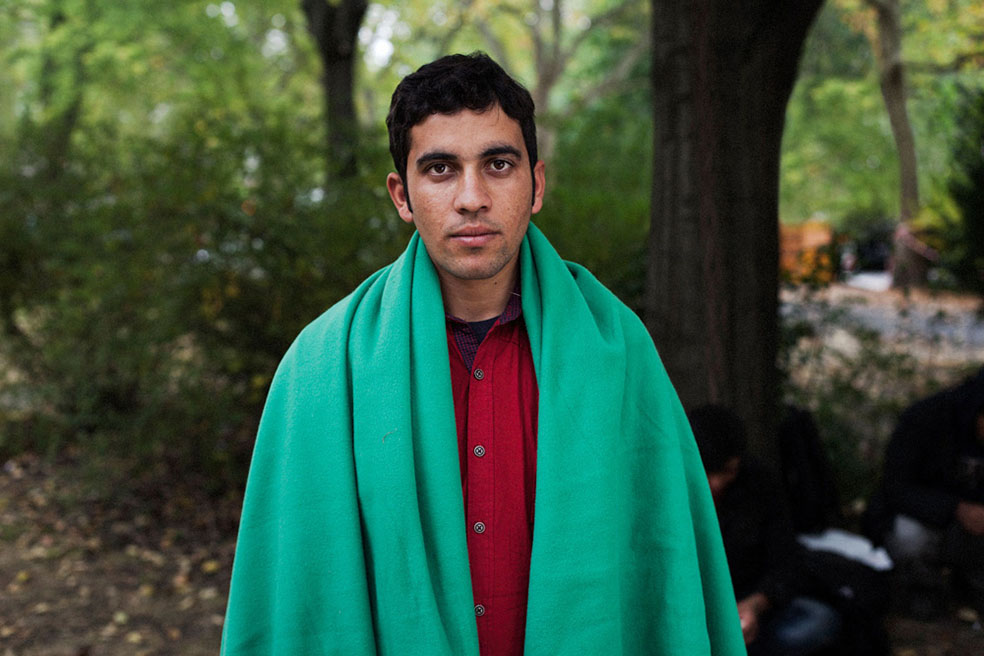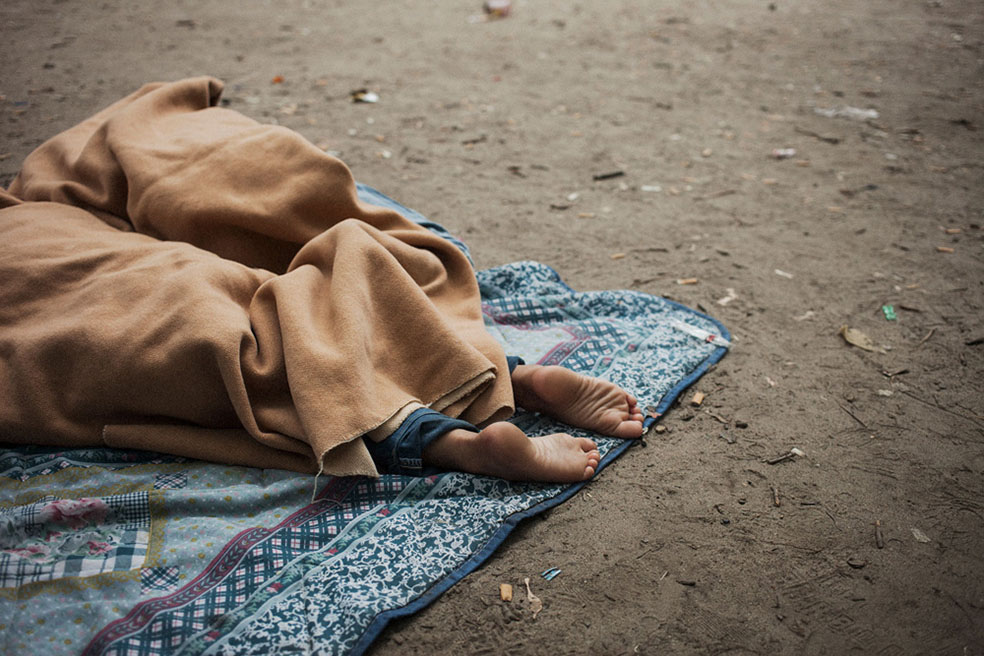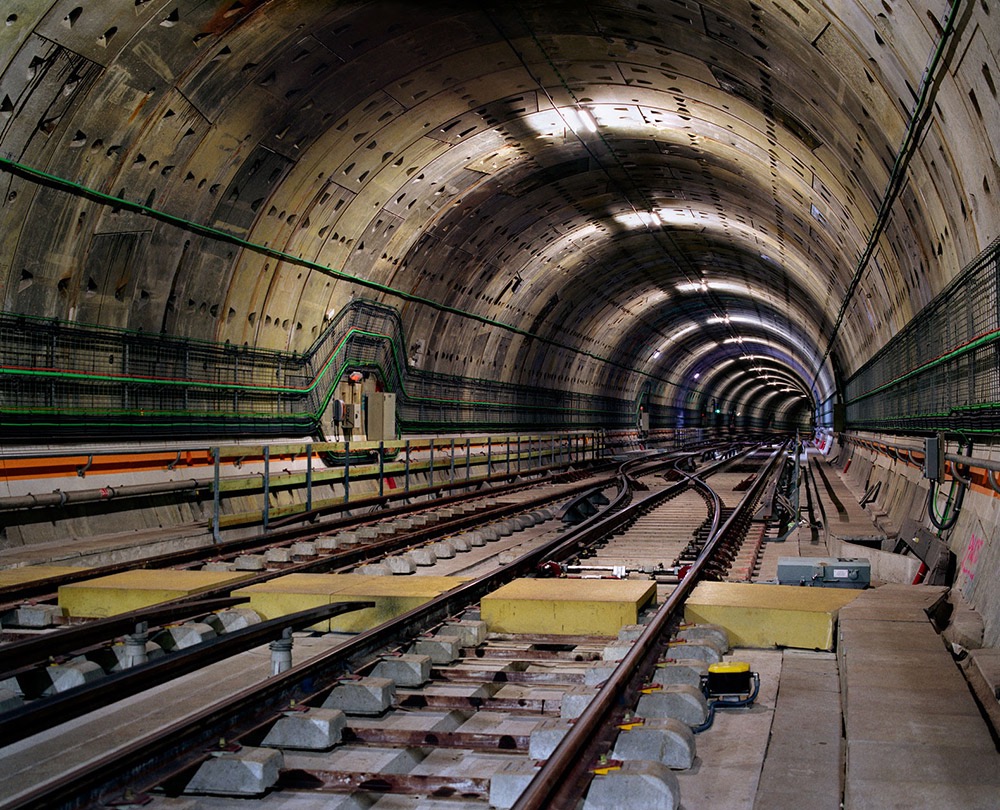Timo Stammberger was born in 1980 and grew up in Hamburg. He studied photography at the Ostkreuz School of Photography. In his numerous photographic projects he deals with socio-political topics. His works have been published in various group exhibitions and numerous media. His clients include Metropolis Magazine, Greenpeace Magazine, Spiegel Online and Süddeutsche Zeitung Magazin. He lives and works in Berlin.
Website: timostammberger.com
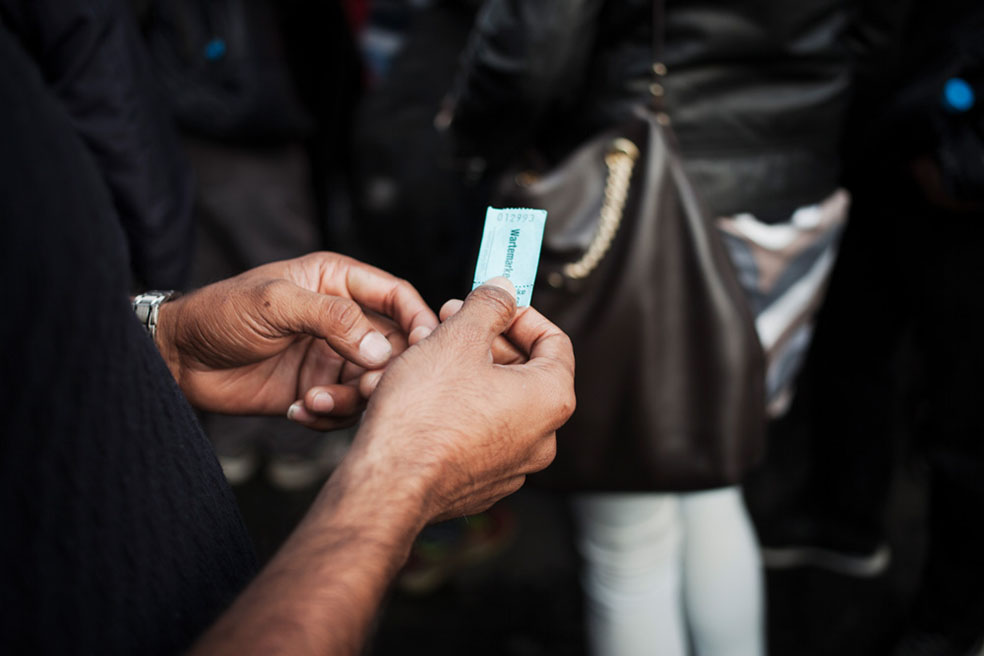
How did you get interested in photography? Do you have an educational artistic background?
I used to be a graffiti writer, that is how I came into contact with the medium photography. Unlike my fellow photo students, I didn’t know a single famous photographer, but soon started to fall in love with the opportunities of the medium. I then studied at the Ostkreuzschule in Berlin, Germany, a school with a strong focus on documentary photography. Founded by members of the Ostkreuz Agency, the Ostkreuzschule has a very interesting political background.
Where do you get your creative inspiration from? Is there any other artist or photographer who inspired your art?
Most of my creative energy derives from conversations with other activists in my field. To make the world a better place is generally my biggest motivation and inspiration. Putting my skills to good use, working for NGOs, supporting social justice causes and movements that are largely underrepresented in mainstream politics and media.
How much preparation do you put into taking a photograph or series of photographs? Do you have any preferences regarding cameras and format?
Usually I have a rough outline of the general idea, whilst leaving enough space for spontaneity. I go with the flow until I’m “in the zone” and things are starting to happen. I used to work with a Mamiya RB67 in the beginning, but now I only work with full frame DSLRs, enjoying the digital workflow. I’m quite pragmatic and non-dogmatic when it comes to equipment. In the end it’s just tools that should be beneficial to my overall project.
Tell our readers more about your project „Humans of Lageso”.
In the summer of 2015, I portrayed newly arrived refugees in front of the “Lageso” office in Berlin-Moabit. As part of the project I collected their individual stories to accompany each photo. This series was published online by Spiegel Online for 10 days with a new photo and accompanying story every day.
The “Lageso” is the first contact point for newly arrived refugees to officially apply for asylum. Due to understaffing, people wait for days before taken care of, mostly left to fend for themselves with no food, shelter or medical care whatsoever. Hundreds of people every day waiting under dramatic circumstances for weeks just to get registered. Meanwhile the public opinion as well as the media discourse regarding migration heated up. I hoped to enable people in Germany to put themselves in the position of the people who have fled and to get them out of anonymity.
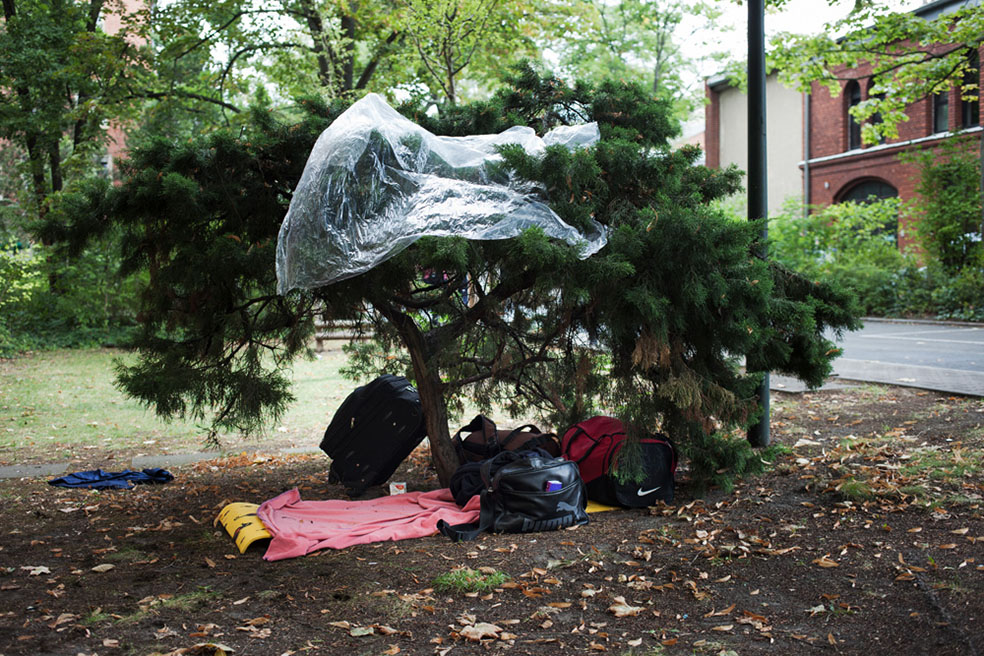
Can you talk a bit about your approach to the work? What did you want your images to capture?
The project as such was actually not planned at all. As the situation in Berlin escalated for refugees, I began to volunteer on the “Lageso” site; distributing food and clothing, answering the questions of the arrivals, or simply being there for them.
In the long term, however, my commitment on the ground will not change the situation for the exhausted people. I thought that by working as a photographer, I had the opportunity to contribute to dismantling prejudices and enabling empathy, compassion and support.
Through those personal, individual stories I hope to give a voice to the people who are often reduced to their temporary role as “refugees”. They are people like you and me, who hope for a life in peace, safety and security. One might be more likely to be able to put oneself into the situation of the refugees and to get people out of anonymity. I want to highlight the fact that they people like you and me, with the very same feelings, thoughts, dreams, hopes and fears. And I want to help Germans to relate to refugees in a more empathetic way.
All stories contain very moving moments. The fact that people left everything behind – their homes, friends and family in hope of a secure future – is very moving for me. What unites all the people I have photographed is this deep desire for security and peace. Many people have tears in their eyes when they tell me about this desire, which I’ve been taking for granted for so long. These situations have taught me a lot.
Where is your photography going? What are you currently working on and do you have any photographic plans for the future?
I am currently working on four projects, all revolving around social justice issues, respectively animal welfare and human rights. In general, I try to raise more awareness, open hearts and minds and inspire other people to contribute as well. I don’t subscribe to art for art’s sake. Photography to me is a tool to change things, and my hope is that other people too try to change their immediate environment. Everyone has talents which they can use towards creating a better world.
What are your three favourite photography books?
We Animals by Jo-Anne McArthur
Genesis by Sebastião Salgado
Atmen ohne Pause by K49814
What do you do besides photography?
I enjoy being in nature, exercising and effortlessly working on the next perfect smoothie 🙂
Website: timostammberger.com
